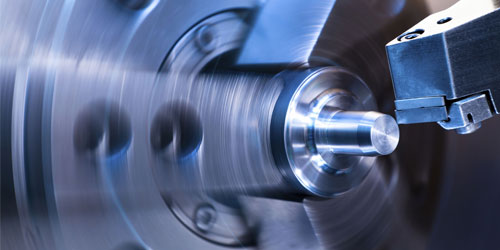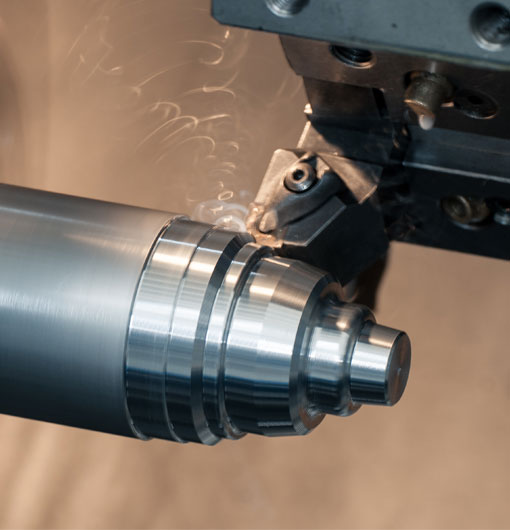Introduction
Computer Numerical Control (CNC) is a modern manufacturing technology that allows for the efficient and precise creating of objects using a wide range of materials such as metal, plastic, and wood. Among the various CNC processes, multiple turning cycles take center stage when it comes to machining intricate and detailed workpieces. In this blog post, we'll delve deep into understanding different multiple turning cycles, how to create effective CNC programs for these processes, and the crucial tips for success. Get ready to set new benchmarks in your CNC turning endeavors!
Part 1: Multiple Turning Cycles Explained
Before diving into the programming aspect, it's vital to have a clear understanding of the various multiple turning cycles. The following are some prominent turning cycles:
1. Facing:This cycle involves removing the excess material from the workpiece's face to achieve a specific dimension and finish.
2. Turning:This cycle involves shaping the workpiece's outer diameter using a single-point cutting tool.
3. Grooving:This cycle is responsible for creating a groove or recess on the workpiece.
4. Parting:This cycle involves severing a part from the main workpiece using a specific cutting tool.
5. Drilling:This cycle involves creating a hole in the workpiece using a twist drill bit.
6. Tapping:This cycle is used to cut threads in a drilled hole using a tapping tool.
Part 2: Steps to Create a CNC Program for Multiple Turning Cycles
Follow these crucial steps while creating a CNC program for multiple turning cycles:
1. Tool Selection:Choose the appropriate cutting tools that correspond to the type of turning cycle you're performing.
2. Machining Parameters:Define the machining parameters like spindle speed, feed rate, and cutting depth according to the workpiece material and the desired output.
3. Tool Path Generation:Develop the toolpath based on the workpiece geometry and cutting parameters.
4. G-Code Programming:Convert the toolpath into a series of G-code commands that control the CNC machine's motion and operation.
5. Simulation and Validation:Verify the CNC program by running a simulation to check for errors, collisions, and discrepancies.
6. Optimization:Make necessary adjustments to the program to optimize machining time, material removal, and tool wear while maintaining high precision and quality.
Part 3: CNC Programming Tips for Success
Here are some valuable tips to ensure your CNC programs are effective and yield excellent results:
1. Familiarize yourself with the capabilities and limitations of your CNC machine and cutting tools.
2. Learn the intricacies of G-code programming, including comments, modal and non-modal commands, and proper formatting.
3. Use conversational programming or CAD/CAM software to speed up the process and minimize errors.
4. Experiment with different turning strategies and techniques, such as high-speed machining, adaptive clearing, and trochoidal milling.
5. Regularly maintain your CNC machine and cutting tools to ensure their peak performance.
Part 4: Real-World Applications of Multiple Turning Cycles
Multiple turning cycles play an essential role in various industries, creating a wide range of products with precision and efficiency. Some examples include:
1. Automotive:Manufacturing engine components, gearboxes, brake systems, and suspension parts.
2. Aerospace:Producing landing gear components, turbine blades, and airframe structures.
3. Medical:Crafting surgical instruments, implants, and prosthetic devices.
4. Defense:Producing firearm components, missile casings, and electronic housings.
The mastery of CNC programming for multiple turning cycles is essential for professionals in these industries, as it provides the foundation for producing complex and precise components that meet strict quality requirements.
By understanding multiple turning cycles, following a systematic approach in creating effective CNC programs, and leveraging valuable tips for success, you'll be well-positioned to excel in the realm of CNC machining. So go ahead and explore this fascinating domain further, and harness the power of CNC to bring your creative visions to life!
cnc program for multiple turning cycle













